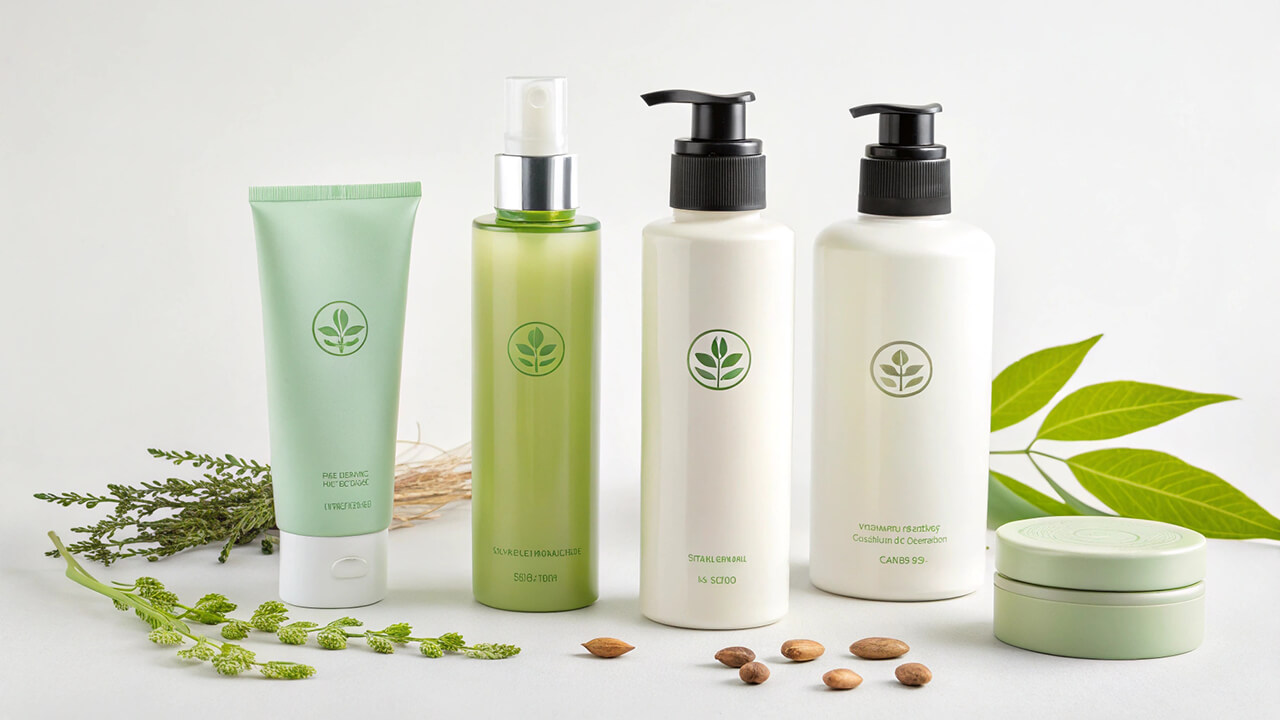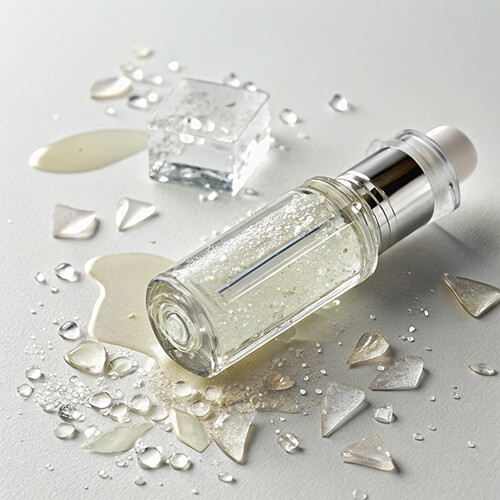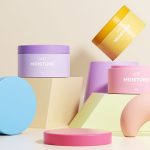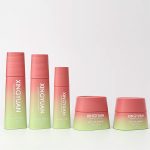Outline
- 1 Why Material Choice Matters in Sustainable Skincare Packaging?
- 2 1️⃣ Glass: A Classic Choice for Luxury and Sustainability
- 3 2️⃣ Bioplastics: The Modern Eco-Friendly Alternative
- 4 3️⃣ Key Factors to Consider When Choosing Between Glass and Bioplastics
- 5 4️⃣ Future Trends in Green Beauty Packaging Materials
- 6 Final Thoughts: Which Material Is Best for Sustainable Beauty Packaging?
Why Material Choice Matters in Sustainable Skincare Packaging?
The demand for sustainable beauty packaging is rising, and brands are exploring eco-friendly alternatives to traditional plastic. Glass and bioplastics have emerged as two of the most viable options for green skincare packaging, but each comes with its advantages and challenges.
Understanding the differences between these materials is crucial for beauty brands aiming to balance luxury, sustainability, and functionality.
1️⃣ Glass: A Classic Choice for Luxury and Sustainability
Advantages of Glass in Skincare Packaging
✔ Premium Aesthetic & Brand Perception – Glass conveys a sense of luxury, making it a preferred choice for high-end skincare and fragrance brands.
✔ Fully Recyclable & Reusable – Unlike plastic, glass can be recycled indefinitely without losing quality.
✔ Non-Toxic & Chemical-Free – Glass does not leach harmful substances into beauty products, ensuring purity and stability.
✔ Protects Product Integrity – Offers strong resistance to oxygen, moisture, and chemical degradation.
💡 Example: High-end brands like La Mer and Chanel use glass jars and bottles to reinforce their sustainable and premium brand identity.
Challenges of Using Glass in Skincare Packaging
❌ Heavier & Less Travel-Friendly – The weight of glass increases transportation costs and carbon footprint.
❌ Breakability – Glass can be fragile, making it less ideal for on-the-go beauty products.
❌ Energy-Intensive Production – Manufacturing glass requires high temperatures, resulting in a higher carbon footprint compared to some bioplastics.
2️⃣ Bioplastics: The Modern Eco-Friendly Alternative
What Are Bioplastics?
Bioplastics are derived from renewable sources such as corn starch, sugarcane, and algae, making them a promising alternative to fossil fuel-based plastics.
Advantages of Bioplastics in Beauty Packaging
✔ Lower Carbon Footprint – Made from plant-based sources, bioplastics reduce reliance on fossil fuels.
✔ Lighter & More Durable – Easier to transport and resistant to breakage compared to glass.
✔ Compostable & Biodegradable Options – Some bioplastics (e.g., PLA, PHA) can degrade under industrial composting conditions, minimizing waste.
✔ Flexible Design Possibilities – Can be molded into various shapes, allowing for innovative packaging solutions.
💡 Example: Brands like REN Clean Skincare and Seed Phytonutrients are incorporating bioplastic bottles into their packaging to reduce their environmental impact.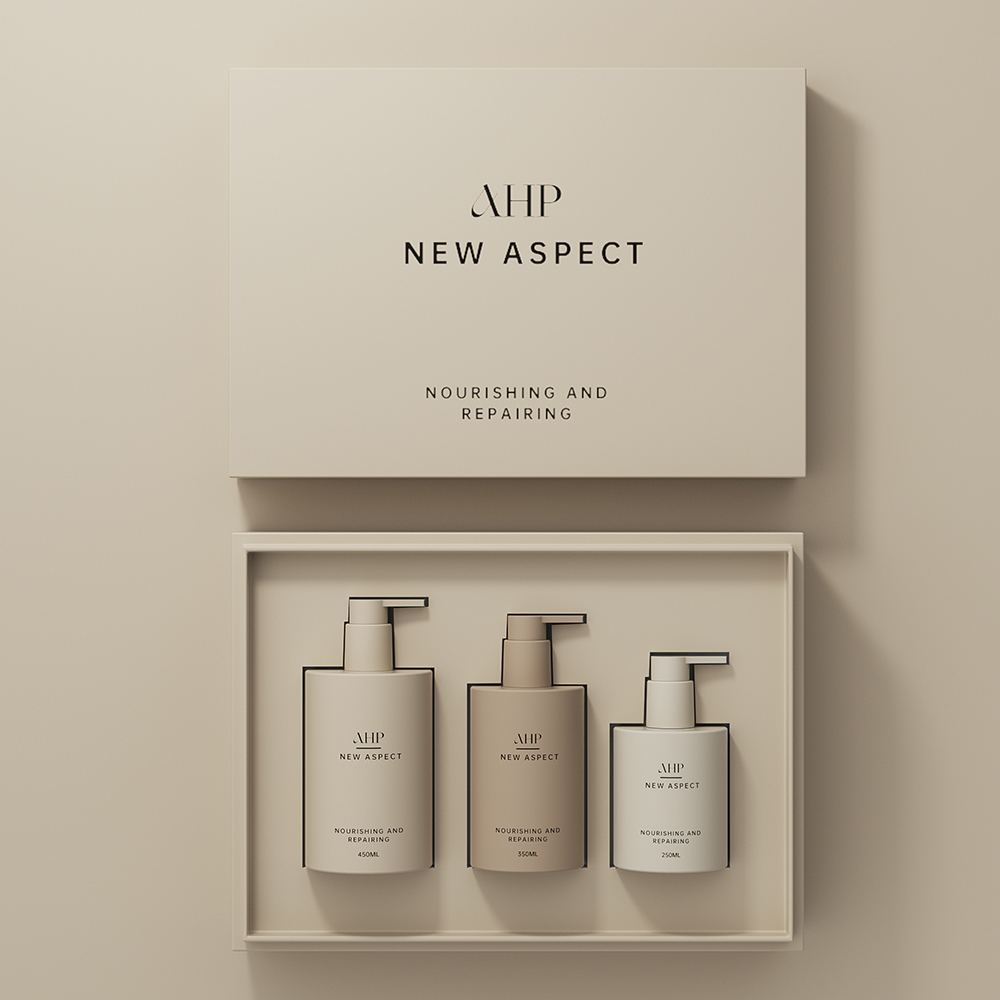
Challenges of Using Bioplastics in Skincare Packaging
❌ Not All Bioplastics Are Recyclable – Some require specialized recycling facilities that are not widely available.
❌ Durability Concerns – Certain bioplastics may not provide the same level of barrier protection as glass, potentially affecting product shelf life.
❌ Higher Production Costs – Bioplastic materials are still more expensive than traditional plastics, which may impact pricing for brands and consumers.
3️⃣ Key Factors to Consider When Choosing Between Glass and Bioplastics
For beauty brands deciding between glass and bioplastics, key considerations include:
✔ Product Compatibility – Glass is ideal for oil-based skincare, while bioplastics may suit lightweight formulations.
✔ Target Audience & Brand Positioning – Luxury brands often prefer glass for premium appeal, while mass-market brands may prioritize bioplastics for cost efficiency.
✔ Sustainability Goals – If recyclability is the main goal, glass is the better option. If reducing carbon footprint is the priority, bioplastics may be preferable.
✔ Supply Chain & Logistics – Glass increases shipping costs due to its weight, whereas bioplastics offer a lighter and more resilient alternative.
💡 Example: Kjaer Weis uses refillable glass jars, while Lush Cosmetics utilizes biodegradable plant-based packaging, showcasing different sustainability strategies.
4️⃣ Future Trends in Green Beauty Packaging Materials
Beauty brands are continuously innovating to improve sustainable cosmetic materials, including:
✔ Hybrid Packaging Solutions – Combining glass with bioplastic components to optimize sustainability and performance.
✔ Upcycled & Recycled Materials – Utilizing post-consumer recycled (PCR) glass and bio-based resins to reduce reliance on virgin resources.
✔ Compostable & Water-Soluble Packaging – Emerging solutions like seaweed-based bioplastics that fully decompose in natural environments.
As sustainability regulations tighten, brands that proactively adopt green skincare packaging will gain a competitive advantage.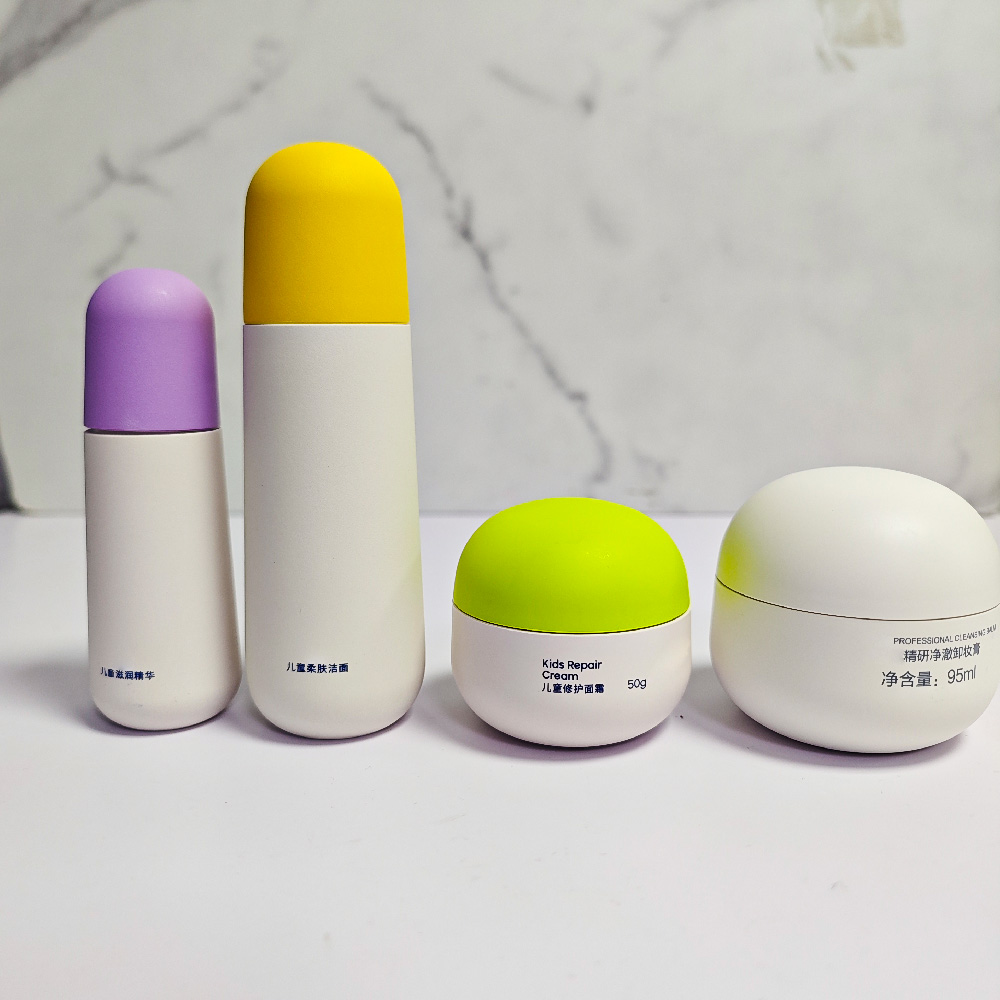
Final Thoughts: Which Material Is Best for Sustainable Beauty Packaging?
There is no one-size-fits-all answer. Glass remains the top choice for luxury and recyclability, while bioplastics offer innovation and lightweight sustainability.
For brands, the key is to align packaging choices with sustainability goals, product needs, and customer expectations. A well-balanced approach, incorporating refillable designs and hybrid materials, will lead the way in eco-friendly skincare packaging.
